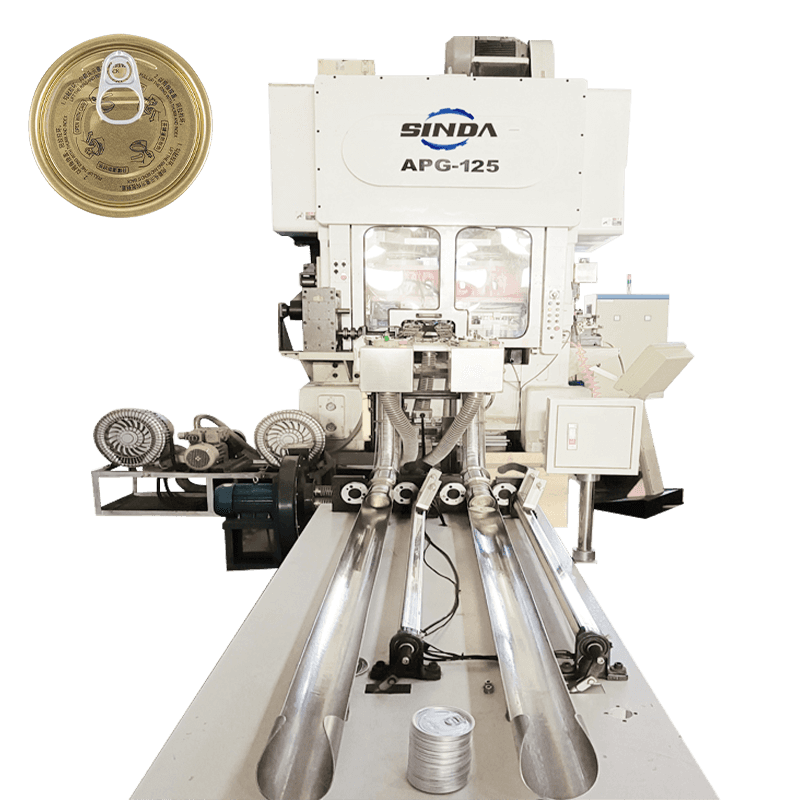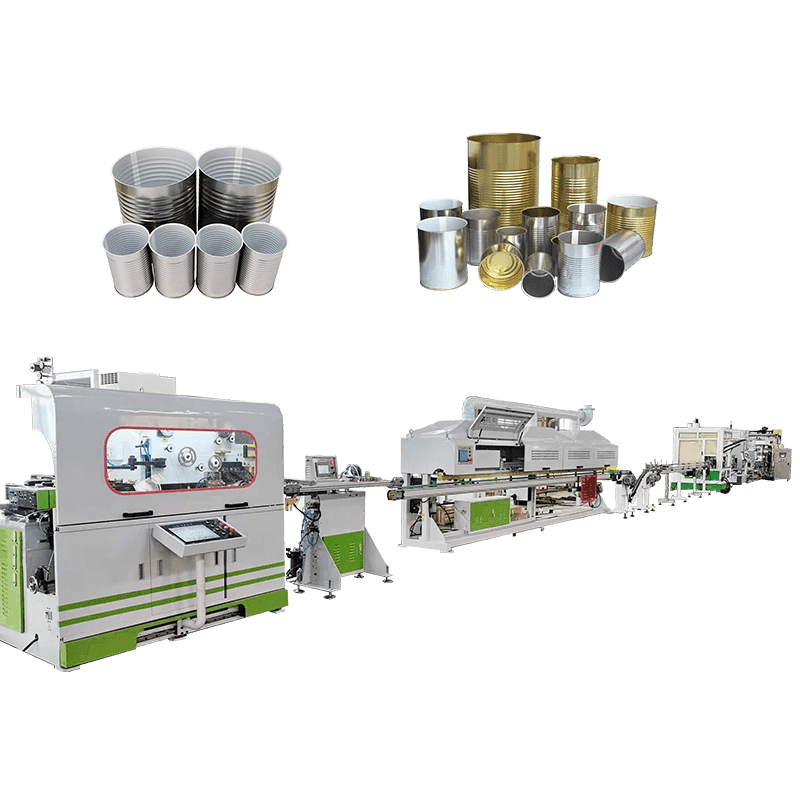Introduction to the 2 Piece DRD Can Production Line
The 2-piece DRD can production line is a highly specialized and efficient system used for producing metal cans, typically made from aluminum or steel, which are widely used in packaging beverages, food, chemicals, and various other consumer goods. This system is designed to manufacture the two primary components of the can: the body (drawn and ironed) and the bottom. The line uses a series of specialized machines and equipment to create these components with precise dimensions, ensuring that the final product is structurally sound and functional for its intended use.The efficiency and quality of the production process depend heavily on the types of equipment used. Understanding the various machines and tools involved in the production line helps highlight how each piece of equipment contributes to the final product's quality and performance. This article will explore the key types of equipment used in the 2-piece DRD can production line.
The Cup Drawing Press
The cup drawing press is the first piece of equipment in the 2-piece DRD can production line, and it plays a vital role in shaping the initial cup or body of the can. The process begins by feeding flat sheets of metal into the drawing press, where they are subjected to high pressure to form a deep cylindrical shape. The process of drawing involves pulling the metal into a die to create the desired cup shape.This equipment is designed to handle large volumes of metal, providing the necessary force to mold the metal into a precise shape. The cup drawing press is critical for ensuring that the thickness and integrity of the metal are maintained during the forming process. The resulting cup is then moved to the next stage of production, where it will undergo ironing.
The Ironing Machine
The ironing machine is one of the most important machines in the 2-piece DRD can production line, and it is used to further shape and thin the body of the can. After the initial cup is drawn, the ironing machine uses a series of rotating dies and rollers to progressively reduce the thickness of the can's sidewalls, creating a more uniform and smooth surface.The ironing process improves the strength-to-weight ratio of the can, which is essential for packaging efficiency and durability. This equipment also enhances the visual quality of the can by ensuring smooth surfaces free from imperfections. Ironing is an essential process for ensuring the can's structural integrity while reducing material costs and enhancing its performance in packaging.
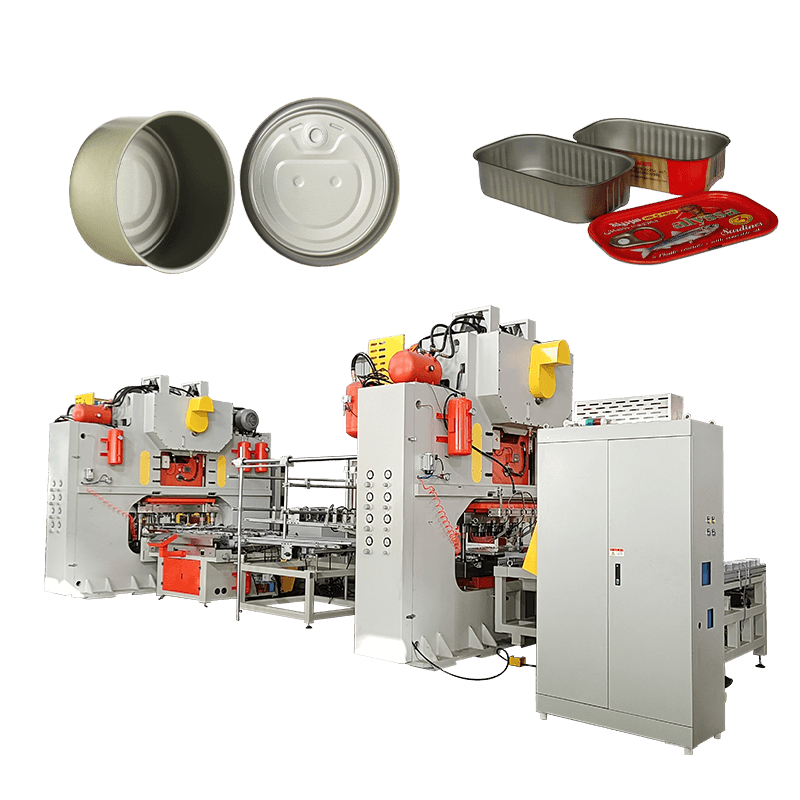
Trimming Machine
Once the can body has been drawn and ironed, it must be trimmed to the correct height. The trimming machine performs this essential task. It ensures that the top edge of the can body is cut precisely to the desired size. The trimming machine typically uses rotating blades or rotary knives to remove excess material and achieve a clean, uniform edge.This equipment is essential in ensuring that the cans are uniform in size and have the appropriate dimensions for sealing. A clean and precise trim is crucial for proper can sealing in subsequent steps. Moreover, the trimming process ensures that the cans are ready for the next stage, which may involve bottom forming or coating.
Bottom Forming Machine
The bottom forming machine is responsible for shaping the bottom part of the 2-piece DRD can. The bottom of the can must be formed in a way that ensures a secure and stable base for the finished product. This equipment typically involves a die and punch system that creates the bottom of the can, often with features like a stepped base or other design elements that provide additional structural strength.
Once formed, the bottom component is attached to the body of the can in a subsequent process, typically involving the use of a sealing or clinching machine. The bottom forming machine ensures that the can has a strong and stable base, which is crucial for its performance in packaging and transportation.
Seaming and Clinching Machines
After the body and bottom of the can are created, the next step involves attaching the two components. This is achieved through a process known as seaming and clinching. The seaming machine or clinching machine plays a critical role in ensuring that the can is tightly sealed and that there are no leaks or weaknesses at the seam.
These machines use high-pressure rollers and dies to press the edges of the can body and bottom together, creating a tight, secure seal. Seaming machines ensure that the cans can withstand the internal pressure generated by the contents without breaking or leaking. The sealing process is also important for preventing contamination and extending the shelf life of the packaged products.
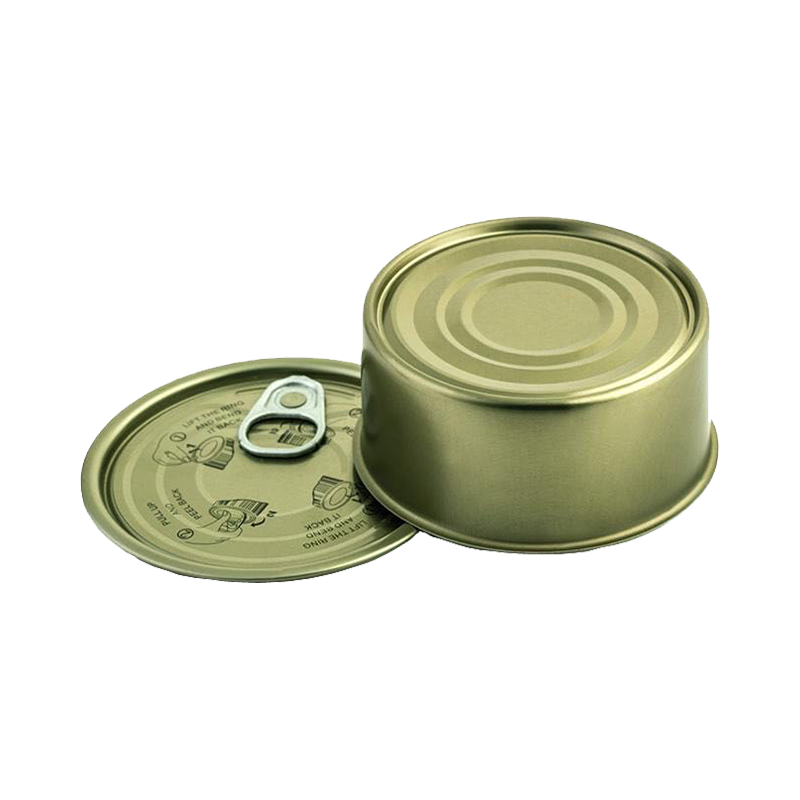 |
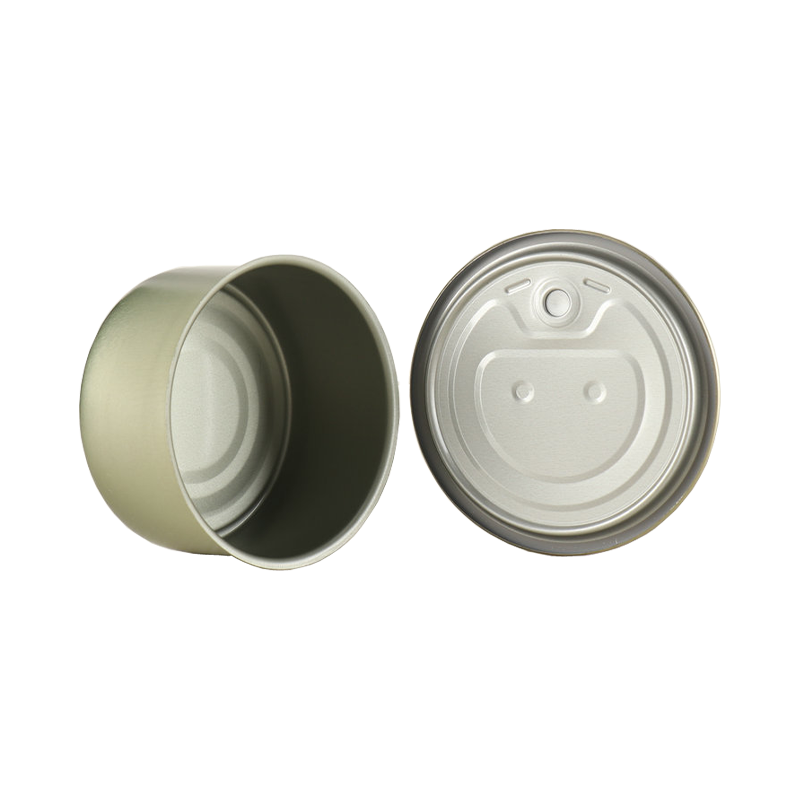 |
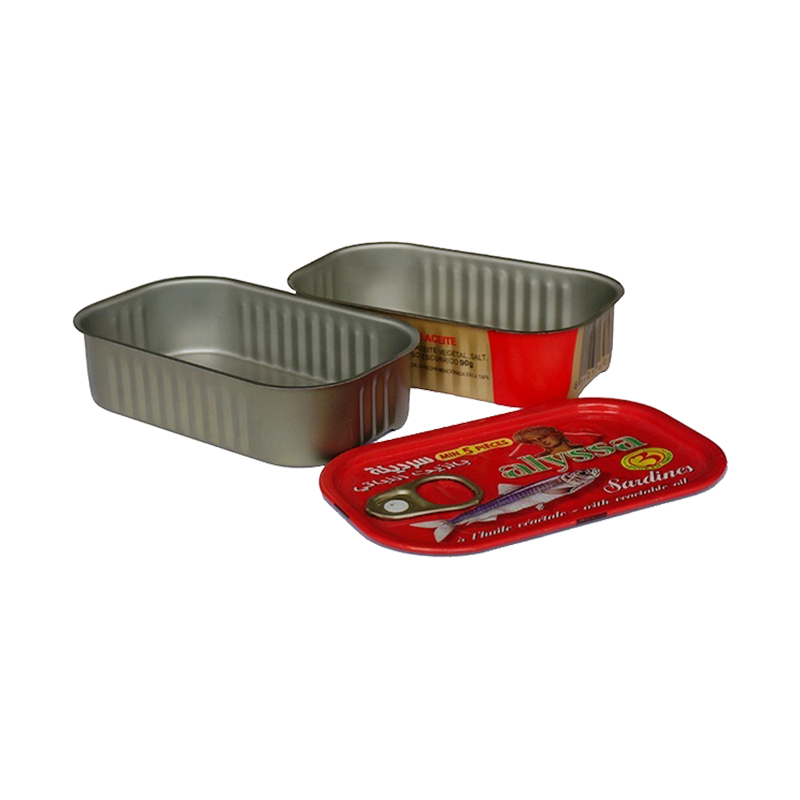 |
Coating and Printing Equipment
After the can is formed and sealed, it is often coated or printed with a protective layer or a design. Coating and printing equipment are used to apply a layer of protective lacquer or paint to the surface of the can, ensuring that it remains resistant to corrosion and other external factors. Coating ensures that the can’s surface is smooth and impervious to moisture, which helps preserve the contents.
In addition to coating, printing machines are used to apply labels, logos, or other visual elements to the surface of the can. These machines use advanced printing techniques such as offset printing or silkscreen printing to achieve high-quality results, ensuring that the final product is visually appealing and accurately represents the brand or product it contains.
Quality Control and Inspection Equipment
Quality control is a critical aspect of any manufacturing process, and the 2-piece DRD can production line is no exception. Quality control and inspection equipment are used at various stages of production to ensure that each can meets the required standards for strength, size, appearance, and safety.
Inspection systems may include visual inspection machines that use cameras to detect imperfections on the surface of the cans. Additionally, leak testers are used to detect any issues with the can’s seal, ensuring that the cans are airtight and can withstand internal pressure. Other types of equipment may include systems that check the dimensions of the cans or perform strength tests to verify the integrity of the finished product.
Automation and Control Systems
The automation and control systems in the 2-piece DRD can production line play a crucial role in ensuring the efficiency, consistency, and precision of the manufacturing process. These systems use advanced programmable logic controllers (PLCs) and human-machine interfaces (HMIs) to monitor and control the various stages of production.
Automation improves the speed of the production line, reduces human error, and ensures that each can is manufactured to the exact specifications. Control systems also help in maintaining optimal conditions throughout the production process, adjusting variables such as pressure, temperature, and speed to ensure the highest levels of quality and efficiency.
Equipment Used in 2-Piece DRD Can Production Line
| Equipment Type | Function |
|---|---|
| Cup Drawing Press | Shapes the initial metal cup from flat sheet metal. |
| Ironing Machine | Thins and shapes the cup into a smooth, uniform can body. |
| Trimming Machine | Trims the top edge of the can to the correct height. |
| Bottom Forming Machine | Forms the bottom part of the can. |
| Seaming and Clinching Machines | Seals the body and bottom of the can. |
| Coating and Printing Equipment | Applies protective coatings and prints designs. |
| Quality Control Equipment | Inspects cans for defects and tests for leaks. |
| Automation and Control Systems | Monitors and controls the production process. |

 English
English عربى
عربى русский
русский
